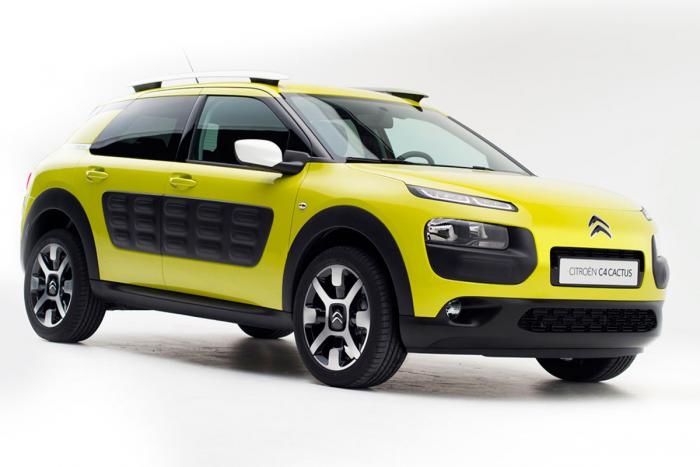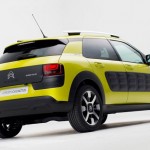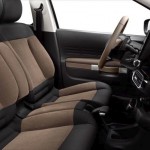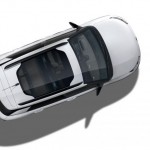
Pictures of the production version of Citroen’s Cactus crossover have appeared ahead of its official launch at next month’s Geneva motor show – but the carmaker’s divisional manager in New Zealand isn’t complaining.

Simon Rose says he is definitely looking at adding Cactus to the Citroen range. “We talked to our dealers about it in December and the initial reaction was that they loved it,” he said.
“Have we made a official decision? No. Have we looked at production numbers? No. Production starts around July, so we would be looking at a December-January launch in New Zealand.”
As expected, the production version of the C4 Cactus – as the car will be known – has largely remained true to the concept shown at last year’s Frankfurt motor show.
The unusual plastic panels on the doors have remained. So, too, the same floating roof and split front lights. Citroen says the panels will protect Cactus from things like scratches from shopping trolleys.
The sofa-style front seat from the concept is also there, although it can’t seat three like an old bench seat. Instead, designers felt it created a feeling of comfort unique to the Cactus.
The big change is under the bonnet, where the experimental compressed Hybrid Air powertrain in the concept will be replaced by conventional petrol and diesel Euro6-engines available throughout the C4 range.
However, Citroen says that Cactus later in production could be the first car to get the Hybrid Air unit. It combines conventional petrol engine and six-speed automatic gearbox with a hydraulic pump and motor powered by compressed air – rather than a battery – and returns a claimed fuel economy of better than 3 litres/100km, or 94mpg.
The Cactus introduces a new era for Citroen. It aims to address customers’ needs by taking radical steps both in its design and innovation. It’s evidence of Citroen’s less-is-more approach, perhaps highlighted best by models like the 2CV.
At a special preview in Paris, designer Mark Lloyd told reporters: “We asked ourselves what was really important to customers. One theme that emerged was a need to reduce the stress and complexity of living with a car, our aim therefore was to simplify everything.
“People have moved on in the way that they use products, but the car industry is very traditional, and has not moved at the same pace of change as consumers.
“Comfort is at the heart of what Citroen is all about. And that’s not just physical comfort, but mental comfort, too.”
Change includes clever packaging and extensive use of lightweight materials. For example, the passenger airbag has also been built into the roof, which means the dash can be mounted further down the cabin to provide a greater feeling of space inside.
To save weight the rear windows pop out rather than winding down. At around 965kg Cactus is 200kg lighter than a standard C4 and almost 300kg than the rival Nissan Juke. It is also shorter than hatchbacks like the Toyota Corolla and Volkswagen Golf.
Inside, digital displays have replaced the traditional dials and buttons. An 18cm touchscreen in the centre console controls all major functions. The infotainment system features several apps including live traffic updates.
Options include a full-length glass roof which uses the same glass technology as high-end sunglasses to block UV radiation and control the temperature in the cabin.
Buyers will be able to choose between 10 different exterior colours, with four hues for the panels and three interior themes.
• In France, Citroen is planning to give buyers new ways to pay for Cactus. One is a monthly price plan similar to a mobile phone contract. The other is based on the kilometres covered.





